I saw a post on Instagram by @ambershelf about “nonfiction recommendations based on popular fiction.” The idea was intriguing, and I immediately wanted more of these kind of pairings. You’re the first person I thought of! I was wondering, in particular, if you had any nonfiction recs based on a Toni Morrison novel? In 2023, I plan to read Toni Morrison’s book in pub order, and I’d love to enrich that experience with pair nonfiction.
Before this column was a bookish advice column, it was a literary pairings column. Each month I would pair a new release with two backlist titles. I really loved that challenge, and am thrilled to get to do it again for you here, with Toni Morrison novels.
I still haven’t read all of Toni Morrison’s novels, so I will only be pairing the five novels I have read with five nonfiction books. Since The Stacks has covered these same five books, I will leave a link to each episode for you to enjoy on your Year of Morrison.
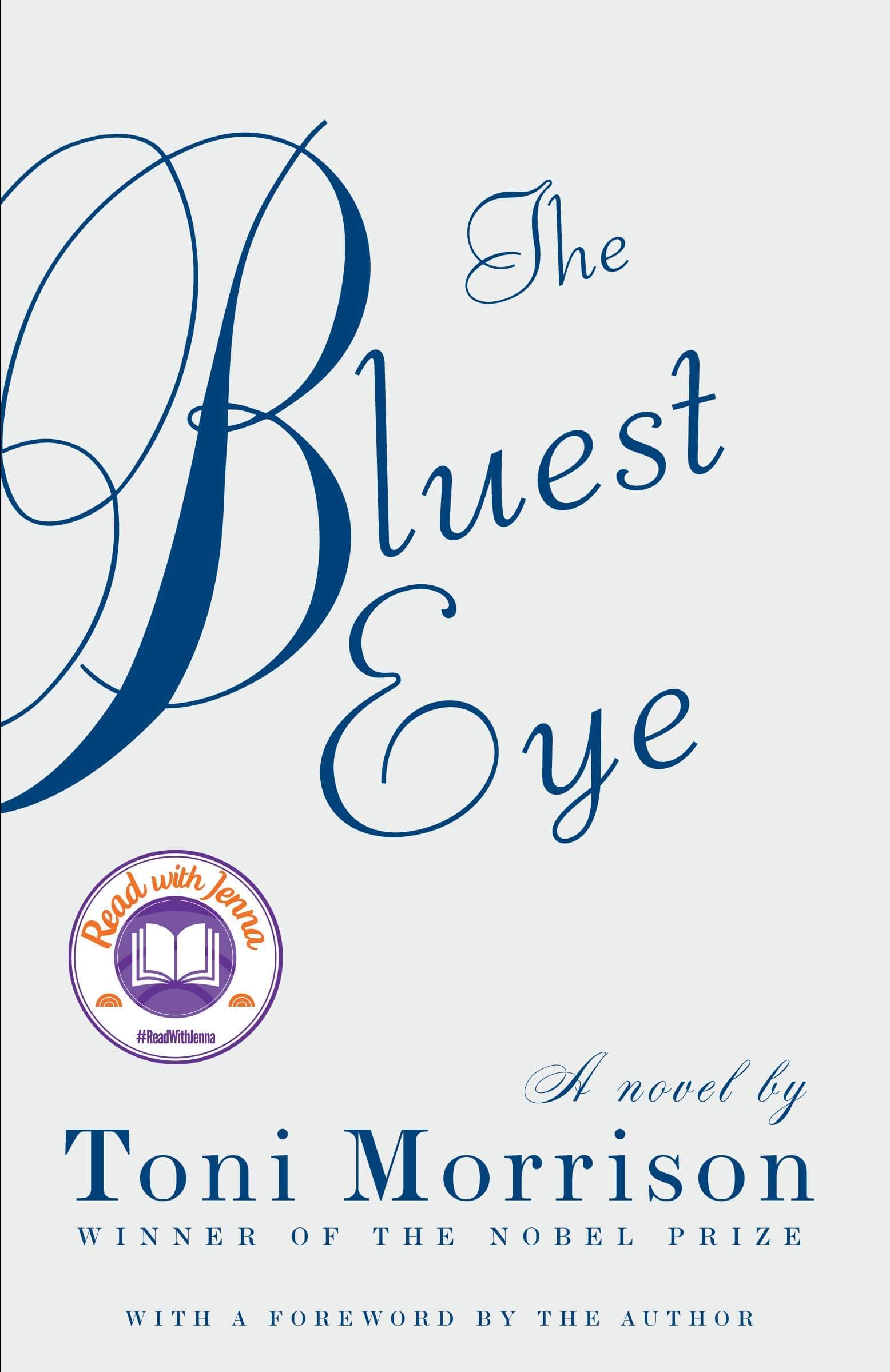
The Bluest Eye
There are so many memoirs that come to mind when I think of The Bluest Eye. It’s the perfect novel to pair with a variety of experiences of being a young Black child in America. Each of the memoirs I selected deal with the struggles of family, home, beauty and self worth. These are all themes that come up over and over in The Bluest Eye. I suggest you check out Somebody’s Daughter by Ashley C. Ford, Heavy by Kiese Laymon, and Finding Me by Viola Davis. I really don’t think you can go wrong with any of these memoirs, and I think they are all worthy of your time, especially as you navigate the world of Morrison’s characters in The Bluest Eye.
We talked about The Bluest Eye on The Stacks with Renee Hicks.
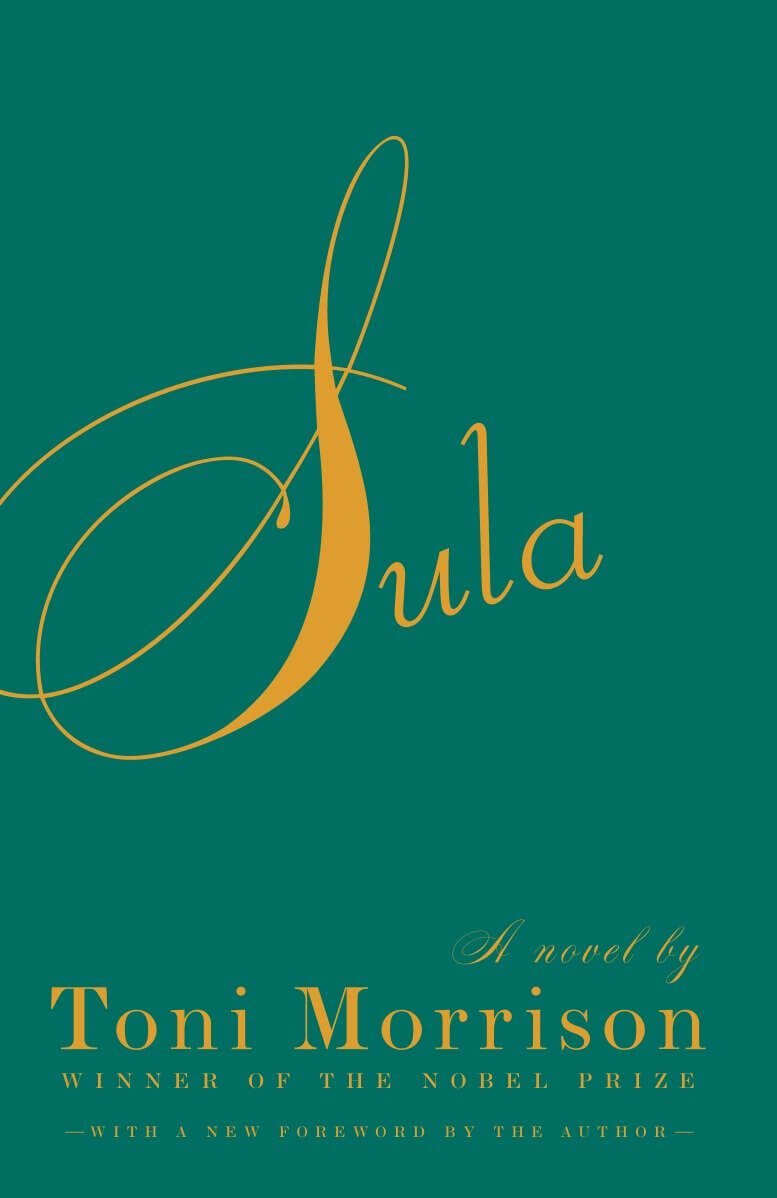
Sula
Sula is a book about Black women and respectability politics. It’s about the ways Black women engage with each other and the world around them. While this recommendation might not seem super obvious, Eloquent Rage by Brittany Copper feels a lot like Sula at its core. In Cooper’s essay collection, there is a whole lot of talk about the experiences of Black women—not only how they relate to one another but how they relate to men and are seen in the world. The book, like Sula, also has a lot of joy, sex, pain, and is really a great read.
Listen to Brit Bennett on The Stacks discussing Sula.
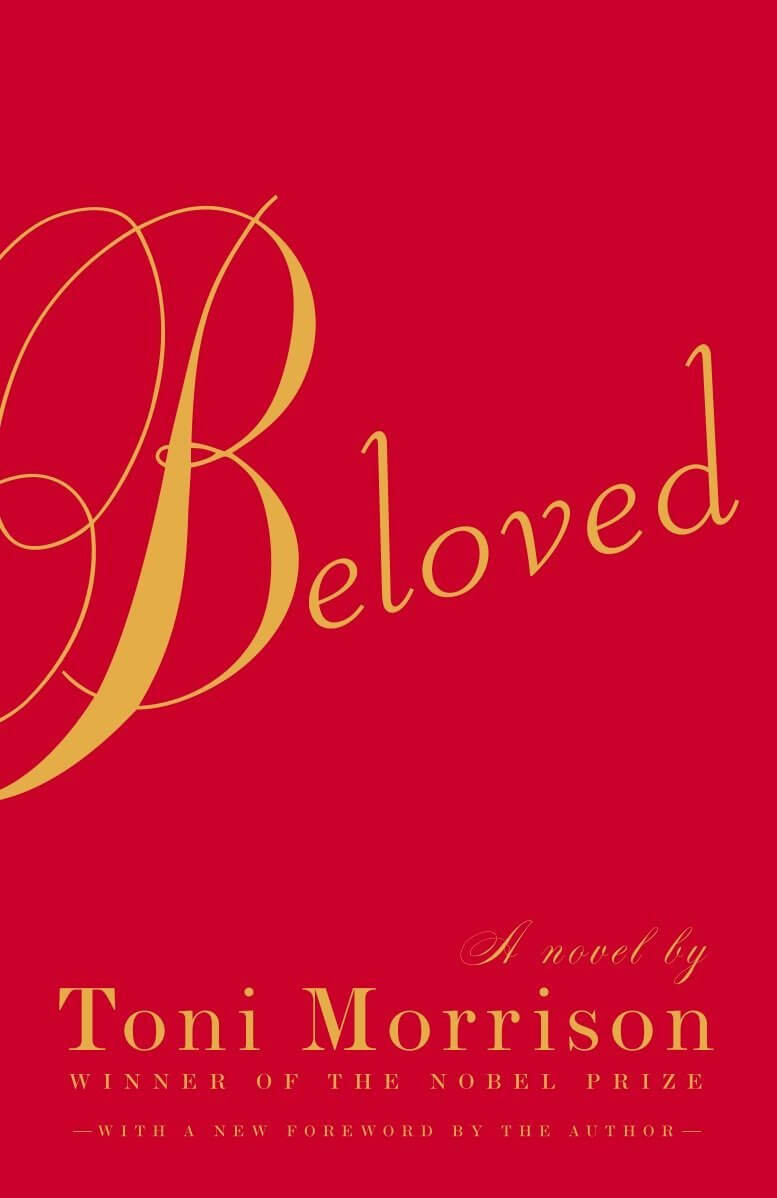
Beloved
It is sort of hard to explain any pairing with Beloved because I don’t want to spoil any part of the novel. Here’s what you need to know: the book is set in the period immediately following the Civil War and has many flashbacks to the characters while they were still enslaved. The characters are haunted by decisions they made and experiences they had. That being said, The Half Has Never Been Told by Edward E. Baptise is a good fit because it exposes the “success” of American are directly tied to the legacy and gains of slavery. Like the Beloved, The Half Has Never Been Told looks back at slavery and the ways decisions made then are still impacting our economic systems and successes.
We discussed Beloved on The Stacks with Damaris B. Hill.
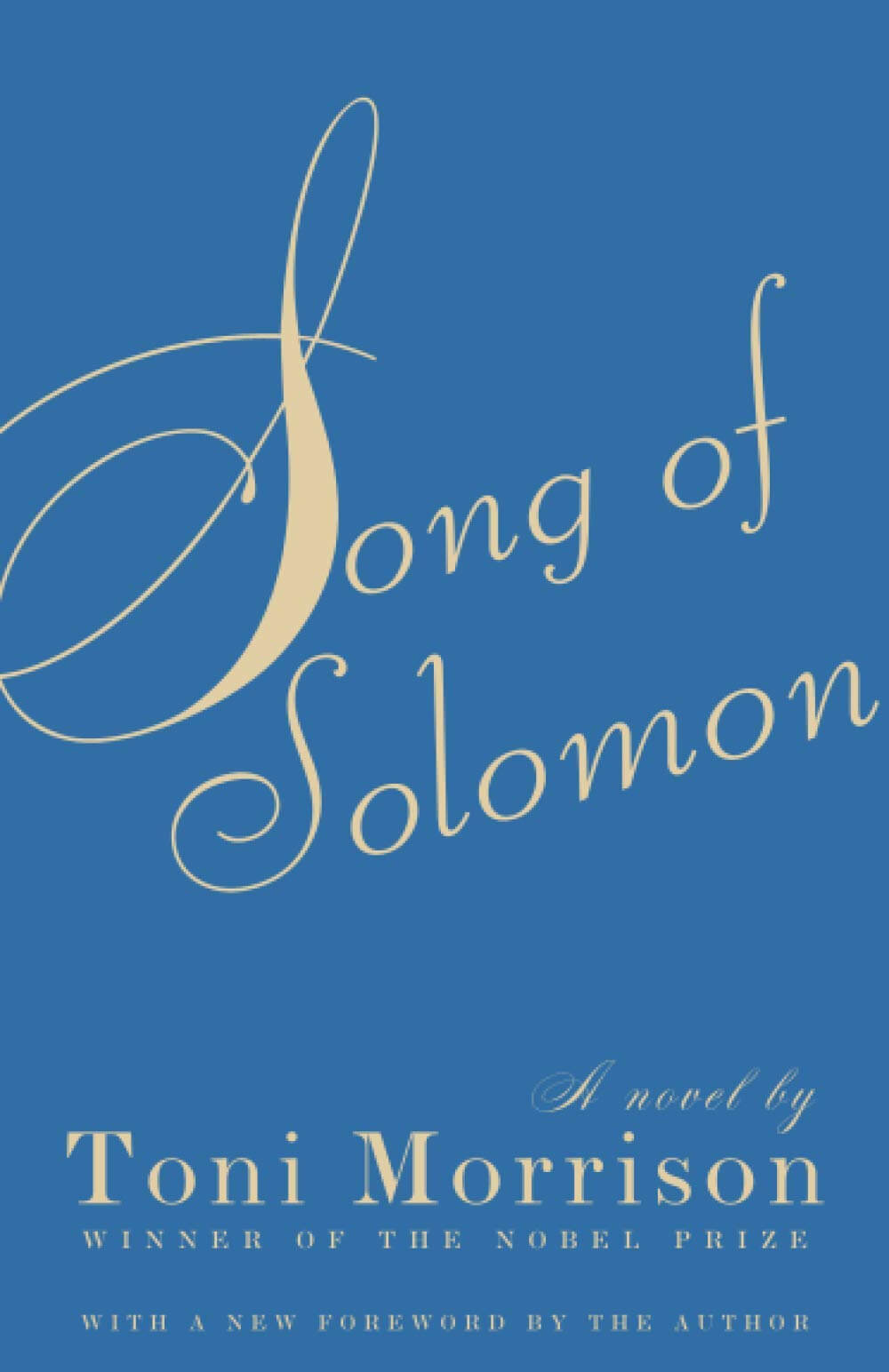
Song of Solomon
I think The Warmth of Other Suns by Isabel Wilkerson is easily one of the books of my life. In it, Wilkerson shares three stories of Black Southerners who migrated to the north and west in search of a better life for themselves and their families. There is a sort of reverse migration story that appears in Song of Solomon that has an obvious connection. These books share a similarly sweeping feeling and take the reader on a journey throughout the United States and its history.
Check out The Stacks’ episode on Song of Solomon with guest Dawnie Walton.

A Mercy
The story told in A Mercy centers around life in colonial America. Its central characters are all women who are of different statuses within the household. A Mercy is a lot about the systems we now know to be central to America: race, gender, sexuality, class, etc. as they are coming into existence. I can’t help but think They Were Her Property by Stephanie E. Jones-Rogers would make a perfect paring because it deals with the role of white women in slavery. Contrary to what we’ve been taught, many white women were brutal slave owners and played a huge role in the maintenance and development of cattle slavery in the United States, an industry we all know was crucial to the foundation of the country.
Hear Imani Perry on The Stacks discussing A Mercy.
Hey Traci! How do you decide what to read next? I don’t really plan out my reads and so it’s a struggle every time I finish a book. I’m a bit of a mood reader and have a ton of books on my Libby and Goodreads TBR. Between what’s available at the library and what kind of book I feel like, I waste so much time just deciding what to read. So many books, so little time. Please help me bring a method to my madness! Thanks, Baffled in Buffalo
Dear Baffled in Buffalo,
You are not alone. Every reader has been here. While I use Goodreads to track the books that are on my radar in a broad sense—basically every book I’ve ever been curious about, I use piles in my home to pick what I’m most curious about that day/week/month. I will usually start a small pile by my bed (and sometimes one in my office) of the books I know I really want to read, or at least check out. I will also include any books I have to read for a time specific reason The Stacks, book club, or library loans. Then I pull from there.
If I still can’t find something that excites me from my stack, I will browse my shelves like I’m at a bookstore. Casually grabbing things and reading the back and maybe even the first page. I will also text my friends who have book tastes I trust and see if there is anything they think I should read, and if I own it already I will pick it up.
I try hard not to stress myself out about starting a new book. It is really easy to put something down if it isn’t working for me, so I trust that ultimately I am in control. You’ve got this, Baffled—I believe in you.
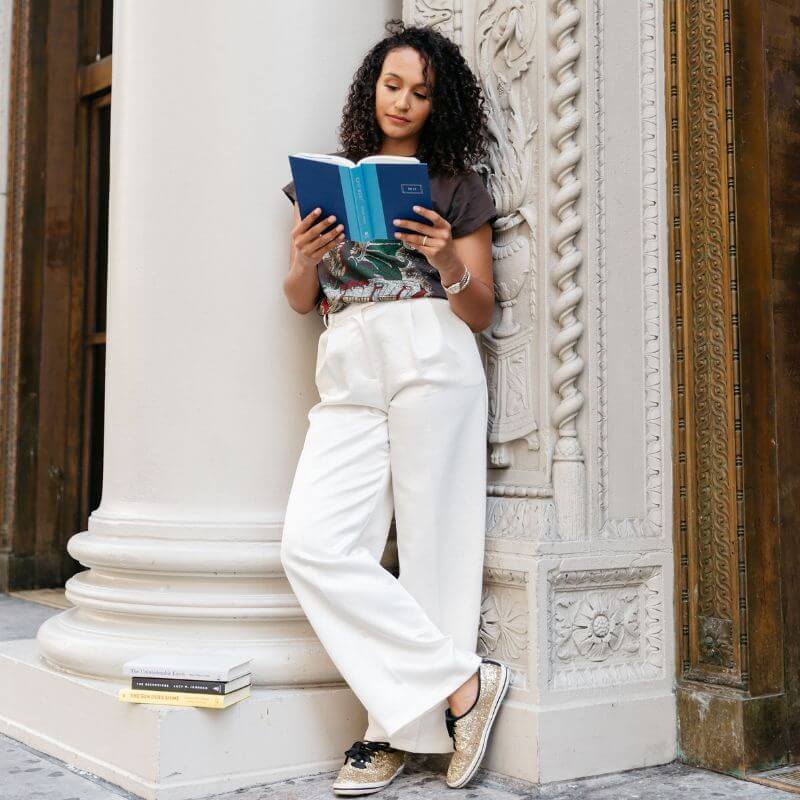
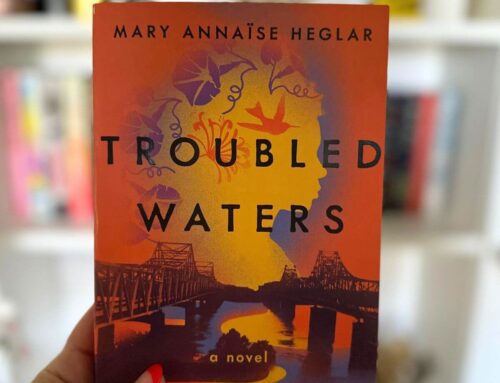
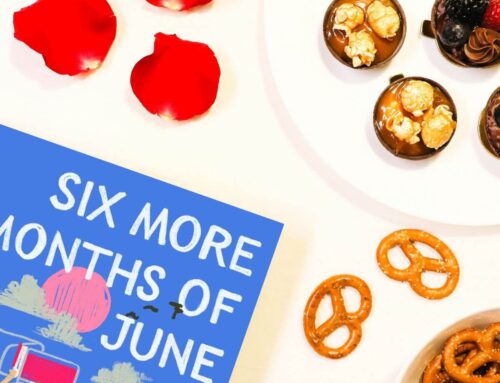
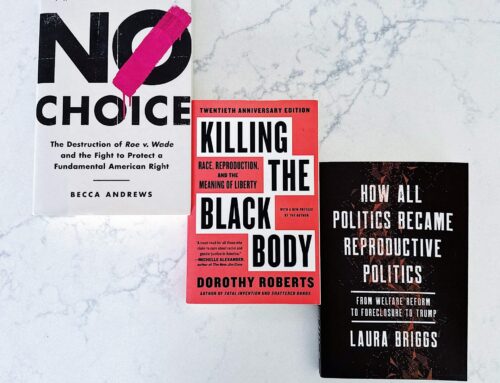
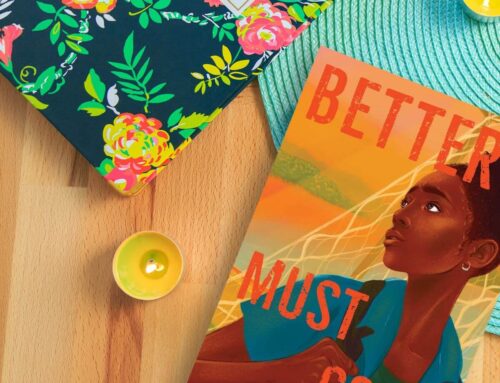
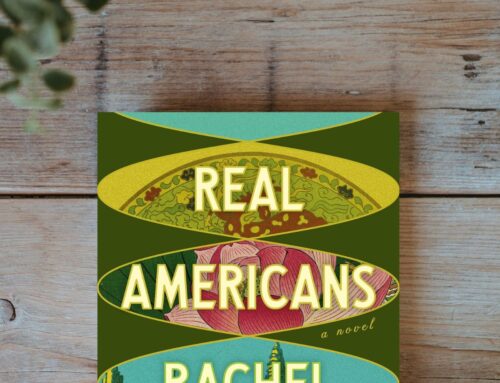
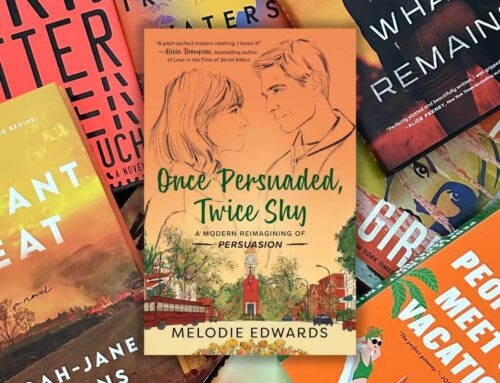
Leave A Comment